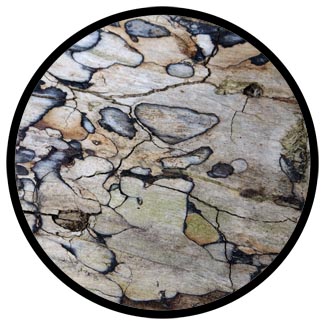
|
|
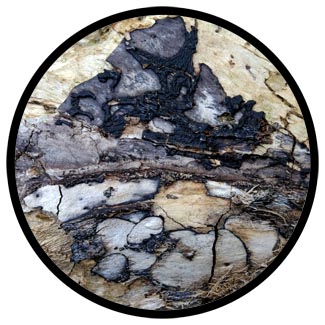
|
Pattern study is a series of photographs taken from the eroding and decaying surface area of a large root of a tree. |
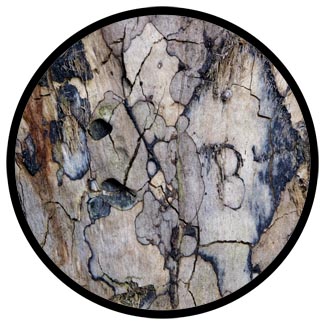
|
Found in the woods in a nature reserve, cut down, unearthed, lay bare to the elements and engulfed in the process of deterioration. |
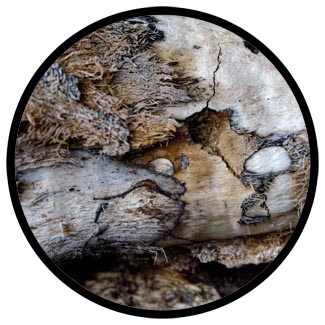
|
The considerable period it had spend decomposing left behind the visible marks and traces of time on its now frail fabric and substance. |
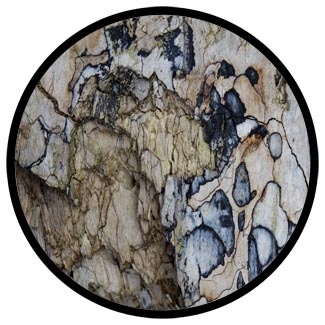
|
|
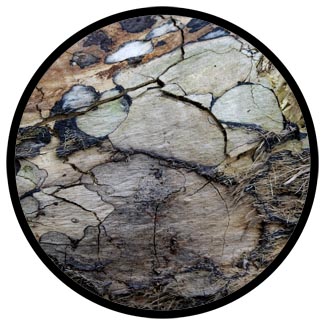
|
|
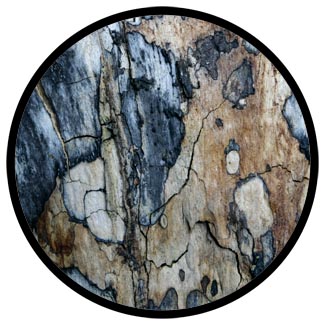
|
|
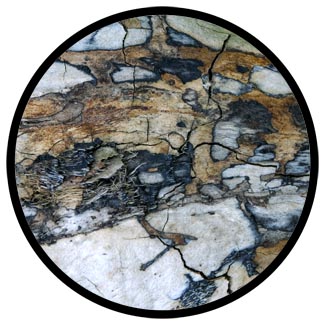
|
Tree bark eroded and peeled away, revealing the wood in some places yet leaving in others behind its textures and fibres. |
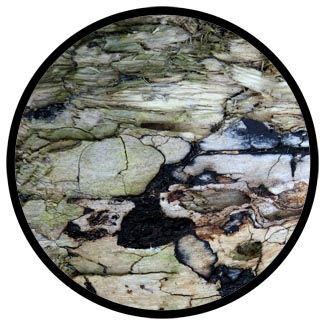
|
Exposed wood, subjected to sun, moisture and the tireless work of insects, now bleached and porous. |

|
Networks of cracks ripped through its surface, eating into the brittle wood, leaving flakes chipping and peeling. |

|
Fungal growth established, in and around the physical deterioration, ornamental patterns of delicate shapes and subtle colour. |
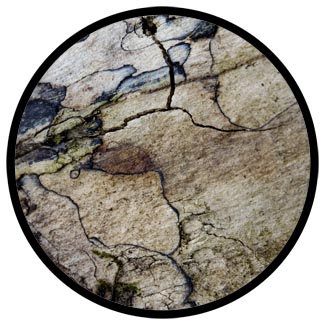
|
|
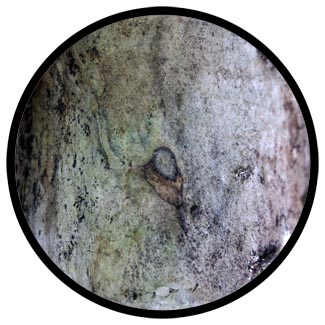
|
|

|
|
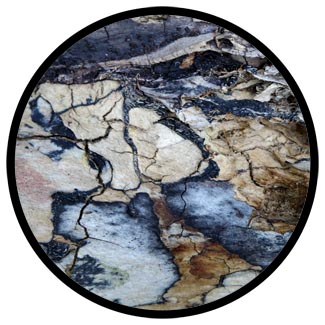
|
|
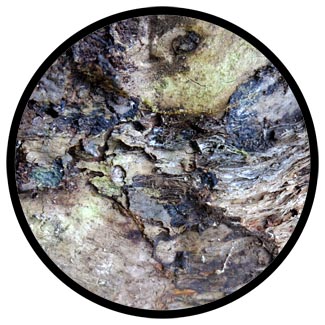
|
This entirely unintentional momentary visualisation of the natural process of disintegration produced a fragile object of astounding aesthetic. |
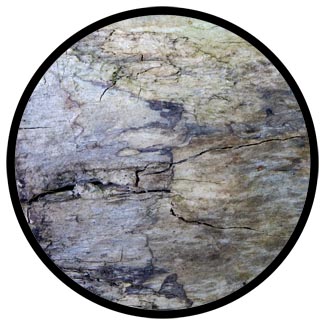
|
An aesthetic not premeditated, but rather formed from within the system of organic renewal. |
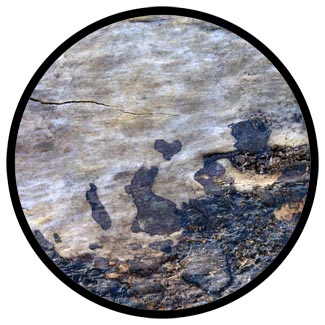
|
An aesthetic of impermanence; being in existence only as an incidental by-product of biological regeneration. |
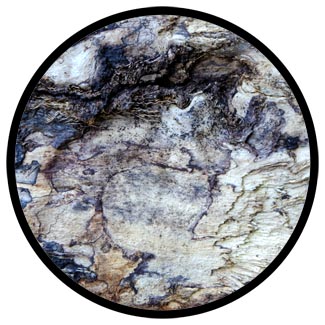
|
An aesthetic rejoicing in the recognition of extraordinary marks left behind on the perishing surface of a root as an ephemeral work of art. |
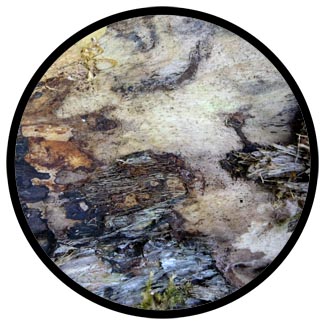
|
Giclée Print on Hahnemühle Photo Ragpaper, ø 28.5 cm |